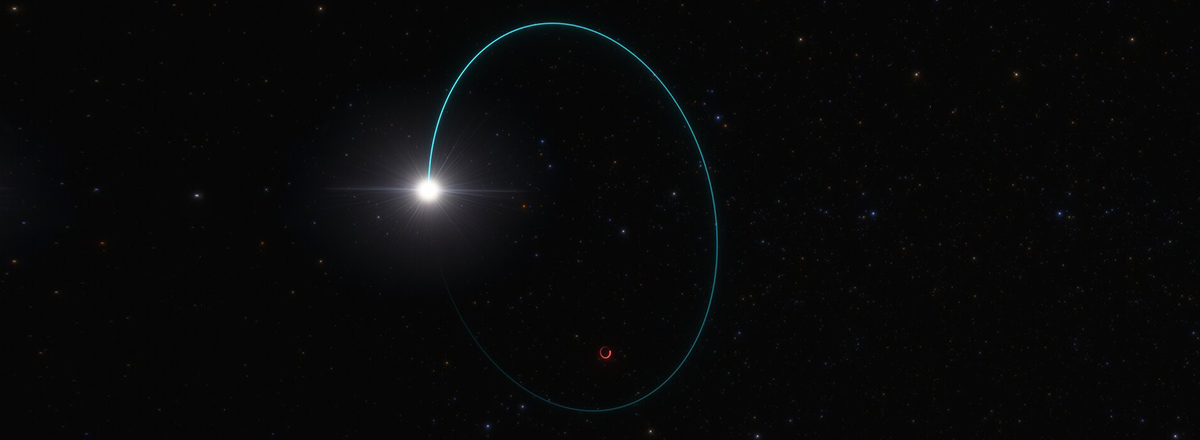Astronomers Discover Massive Black Hole in the Milky Way Using Gaia Telescope
Located just 2,000 light years away in the constellation Aquila, Gaia BH3 is the second-closest black hole to Earth and the most massive of its type found within our galaxy, with a mass of 33 times that of the Sun.

Astronomers have identified a colossal stellar black hole, Gaia BH3, in the Milky Way galaxy, marking a significant milestone in cosmic discoveries. Located just 2,000 light years away in the constellation Aquila, Gaia BH3 is the second-closest black hole to Earth and the most massive of its type found within our galaxy, with a mass of 33 times that of the Sun.
This discovery was facilitated by the European Space Agency's space telescope, Gaia, which is renowned for its precision in tracking star movements across the galaxy. Gaia's data indicated an unusual 'wobble' in a star caused by the gravitational pull of Gaia BH3, suggesting the presence of the massive black hole.
Stellar black holes like Gaia BH3 are typically formed from the gravitational collapse of massive stars at the end of their lifecycle.
The findings also underscore the role of the Gaia mission in enhancing our understanding of celestial phenomena within the Milky Way. The mission's ability to observe and measure stellar motions with high accuracy allows astronomers to uncover hidden cosmic neighbors like Gaia BH3.

